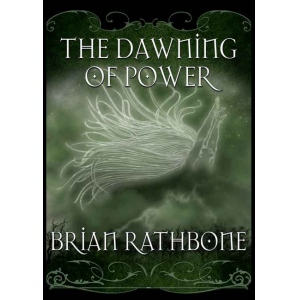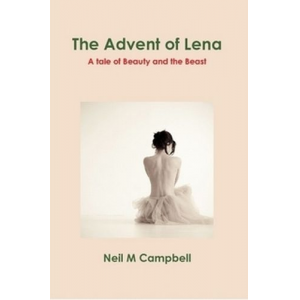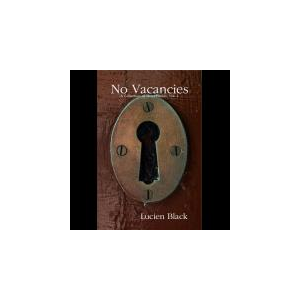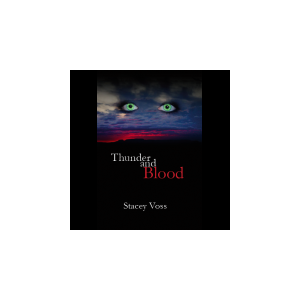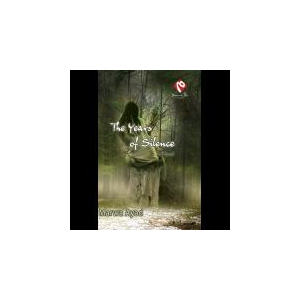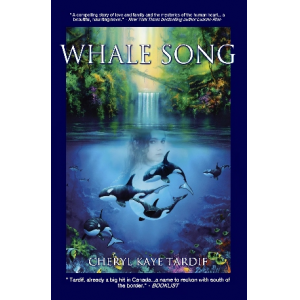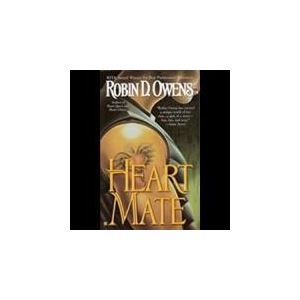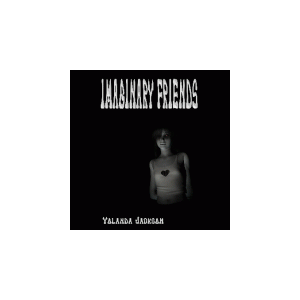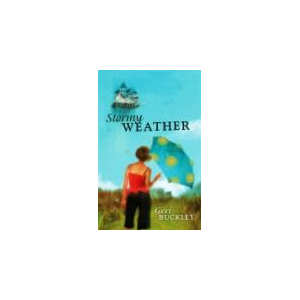Pouraka is a magical sea cavern tucked under the rocky cliffs near Barnacle Bay. Cora, a Pouraka mer, is torn between her friends in the seaside town, and her true love Tas, a foreign mer whose people fled when men invaded their waters.
Life becomes more difficult for all mers. An arrogant oil rigger's son, Tom, finds the bay and the rich aquatic life it harbors. When Tas attempts to rescue a pod of dolphins from Tom's gill net, he is captured and taken away as a prize to be sold to a theme park. When Cora hears of his capture she changes into human form and travels south to find him, risking her life to free him.
Time away from Pouraka leaves the cavern vulnerable, and a new threat arises when tourists discover its magic.
The Story Behind This Book
A note about the sea. "The sea is a cradle of mystery." So begins the prose set to a hauntingmelody in Pouraka's book trailer. "Entities shielding one another,caring for one another, so that those things which are sacred are notviolated by strangers." Mankind's science has unraveledobscurities in our world, traveling through outer space as easily as heexplores molecules. Yet the ocean remains vague, a pounding mass whosegreatness has been unexplored in comparison. Creatures similar to the human species, mammals that give birth to young and grow hair, live in the deepest abyss of the sea. Yet we treat them as strangers, aliens that we know little about and in many respects, treat as lesser thanourselves. Abuse even. They congregate as colonies, in schoolsand pods caring for one another, defending each other. Studies show that they speak to each other and surely in the case of spinner dolphins,they dance with each other. Their delight is in freedom and I can't help but wonder if their very essence of their being intimidates mankind. It is perhaps a good thing that we know so little about the ocean and itsinhabitants. It seems that whatever man explores he feels a need toconquer and often in his conquest, he destroys. Perhaps that's thevampire in him. The blood sucking instinct which seeks to drain the life out of his prey, hoping that somehow it will make him stronger,mightier. If mermaids and mermen did live in the deepest waters,what would they think about men? Having lived side by side withdolphins, orcas, gray whales, and the multitude of species that call the reefs their home, the currents their roads, the ocean floor theircradle, how would they view the intrusion of humans? I grew up by the Pacific Ocean. I'm certain that when one falls in love with thesea, it will always beckon you no matter how far from a body of wateryou live. I think that when you breathe that salty air in long enough it becomes a part of you. I well understand the sailors' dilemma. How aman can spend months on a creaky boat bouncing on swells that rise welloverhead, suffering through the blast of a storm or enduring days ofblazing heat with nothing but water to mirror the sun's rays. Still they set out again and again because they had a taste in their mouth thatwas insatiable. It's little wonder that in those endless days ofsailing, stories of mermaids would take form. Half human, half seacreature. Indeed. A link between two worlds. Such is the story of Pouraka. Pouraka is not only a romance that accentuates the natural and unyielding love sea mammals have for one another, but it also speaks of the everlasting battle between the meek and the strong, the powerfuland the powerless.

